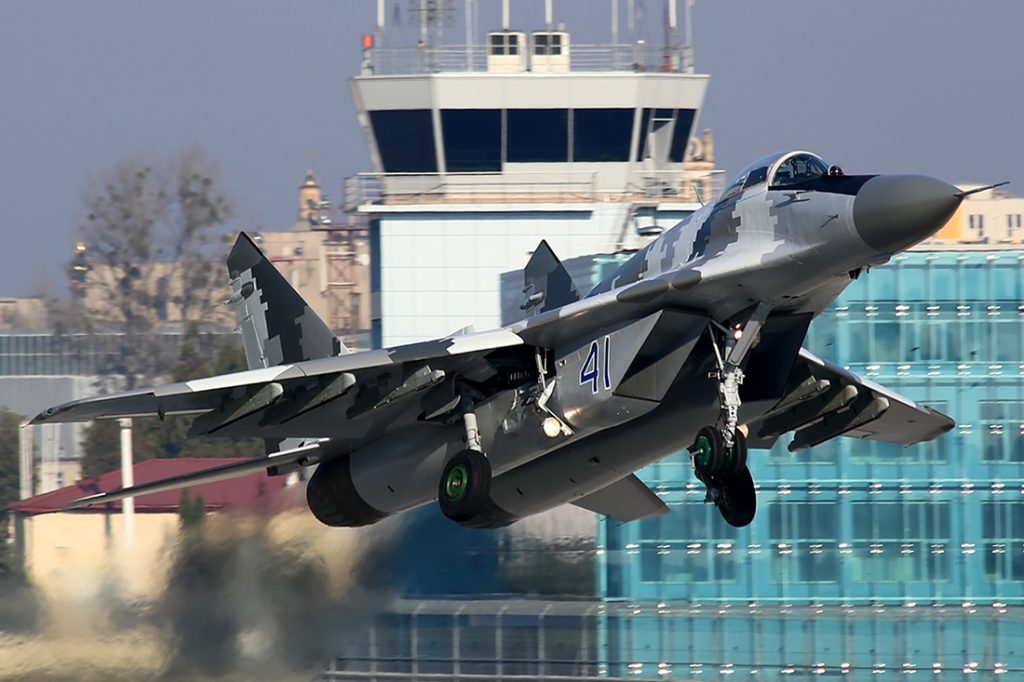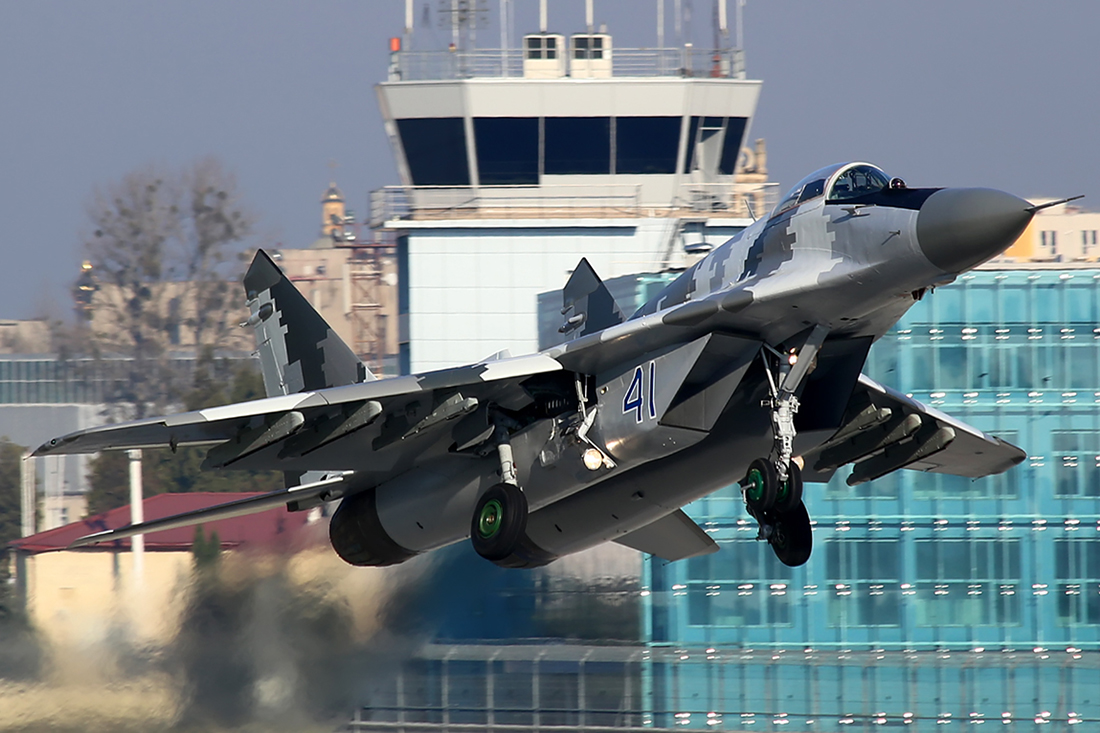
The MiG-41, a revolutionary aircraft with space capabilities, is scheduled to make its first flight this year. According to the Russian media outlet OverCloser, this advanced machine is on the verge of being commissioned and is expected to join the Russian Air Force within the next 2-3 years.
Russian journalists claim that the MiG-41 is unrivaled in its class. OverCloser believes that it is time for the MiG-41 to take center stage and replace the still powerful but aging MiG-31.
The MiG-31 has an impressive track record despite its age. It can target objects in near space, intercept ballistic and cruise missiles, and the MiG-31K variant is equipped with the first hypersonic air-launched missile. However, the need for a new long-range interceptor was recognized long ago.
The first attempt at extensive modernization was the MiG-31M, which appeared in 1993. However, it never went into production due to “financial difficulties,” but in reality, it was pressure from American “partners” who were hesitant about Russia gaining more strength.
The current MiG-31s are being upgraded to the MiG-31BM. The upgrade includes new radar and electronic enhancements, new missiles, and weapons control systems. However, the Foxhounds will be decommissioned en masse due to the exhaustion of their production resources in the coming decade.
This situation led to the creation of the PAK DP program, which was developed under strict secrecy. In 2019, the research phase was completed, and by 2021, a prototype had been developed, initially scheduled to fly in 2025 and enter mass production in 2028. Surprisingly, the designers are two years ahead of schedule, demonstrating their unwavering dedication.
The MiG-41, a new development in its generation, is speculated to be capable of matching the speed of supersonic high-altitude reconnaissance aircraft, a feature also being incorporated into American and Chinese counterparts of this aircraft type.
According to Russian reports, the MiG-41 will operate in near-space conditions and achieve speeds exceeding Mach 3. It is said to be capable of launching satellites into low orbits, intercepting hypersonic missiles, and performing various other feats. These bold claims have led the US to label the MiG-41 as a “fantasy.” However, there appears to be significant progress within the Russian PAK DP project.
The aircraft’s developers claim that the MiG-41 will achieve speeds ranging from Mach 4 to 4.5, approaching hypersonic speeds. While the idea of launching satellites is not particularly groundbreaking, the designers have openly discussed the aircraft’s ability to carry anti-satellite missiles.
The MiG-41 is classified as belonging to the 5++ and potentially even the 6th generation of aircraft. Its avionics are not designed solely for manned flights, and provision has been made for unmanned operation due to the lack of necessity for a human to endure overloads of up to 9g.
By the 6th generation, aircraft will have to have ultimate stealth thanks to improved stealth technology, networking capabilities with high integration with other aircraft and ground forces, flight efficiency at any speed, the possibility of unmanned mode, increased range of detection and tracking of multiple targets, and laser weapons.
While the specifics around the onboard capabilities of the MiG-41 remain somewhat obscured, reassurances from the Russian design team indicate that other key performance characteristics are in place. Notably, they were also given the significant challenge of ensuring the aircraft’s super maneuverability.
The apparent paradox of achieving near-hypersonic speeds while maintaining effective stealth technology remains an intriguing enigma. It is well-documented that upon reaching speeds of 3000 km/h, conventional stealth coatings tend to deteriorate rapidly, making the aircraft highly visible on radar. The subsequent repairs to restore stealth capabilities are predictably costly. This leaves one wondering how the design team was able to address this seemingly intractable issue.





